blog»Business Strategy»Revolut Marketing Strategies: From Millennials to Global Success
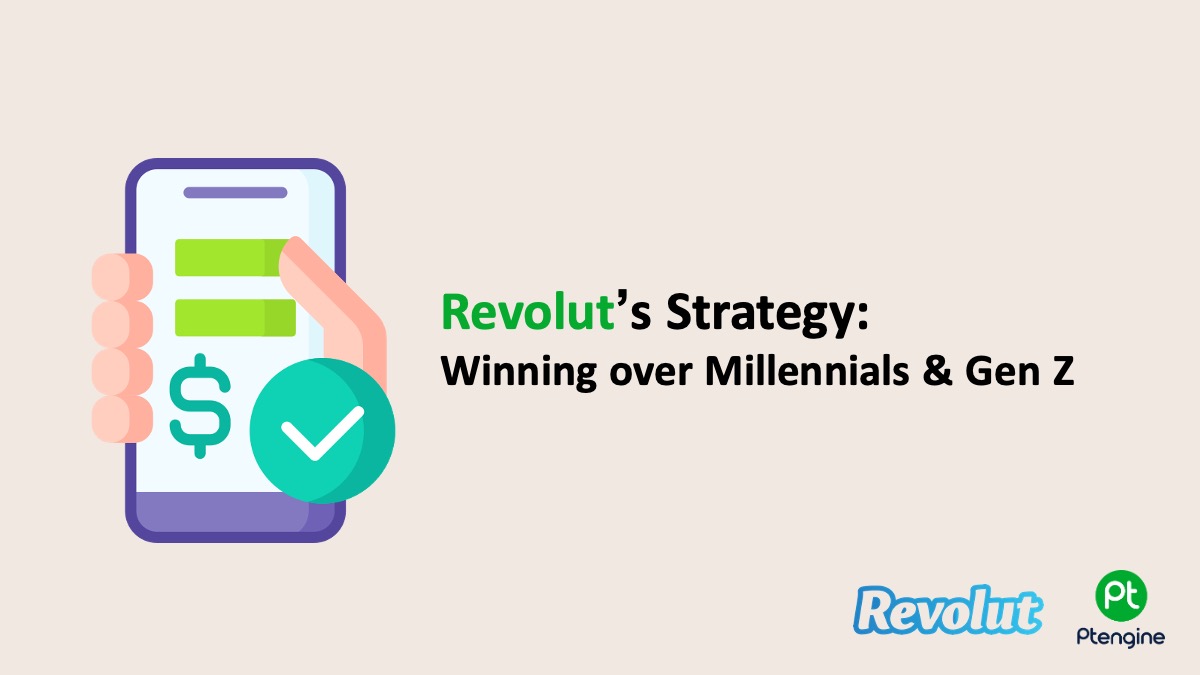
Revolut Marketing Strategies: From Millennials to Global Success
2025/01/21
You can read this article in about 15 minutes
Introduction
Revolut has disrupted the fintech industry with bold marketing strategies and a focus on digital-first experiences. Launched in 2015, the company has grown into a global financial powerhouse by appealing to Millennials and Gen Z with features that make managing money seamless and rewarding. From travel perks to crypto trading, Revolut has positioned itself as a modern alternative to traditional banking.
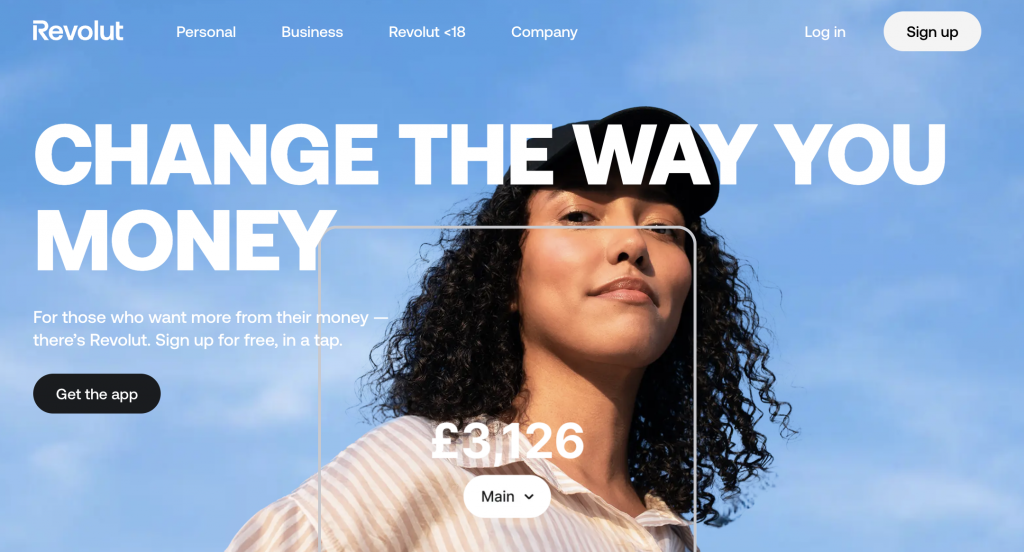
Revolut’s marketing is as innovative as its product. The brand’s campaigns resonate with younger audiences, leveraging social media, referral incentives, and localized strategies to drive growth. By blending product innovation with relatable, engaging communication, Revolut has created a loyal customer base worldwide.
In this article, we’ll explore the strategies behind Revolut’s marketing success and the lessons marketers can apply to their own campaigns. Let’s dive into how Revolut connects with audiences and builds its global brand.
1. Targeting Millennials and Gen Z
Revolut’s success is deeply rooted in understanding the values and habits of younger generations. Millennials and Gen Z prioritize convenience, transparency, and technology-driven solutions, which Revolut seamlessly incorporates into its offerings.
The company’s marketing focuses on features that resonate with these audiences, like zero-fee currency exchange, crypto trading, and budgeting tools. Campaigns often highlight travel benefits, such as free international ATM withdrawals and no foreign transaction fees, tapping into the wanderlust of younger customers.
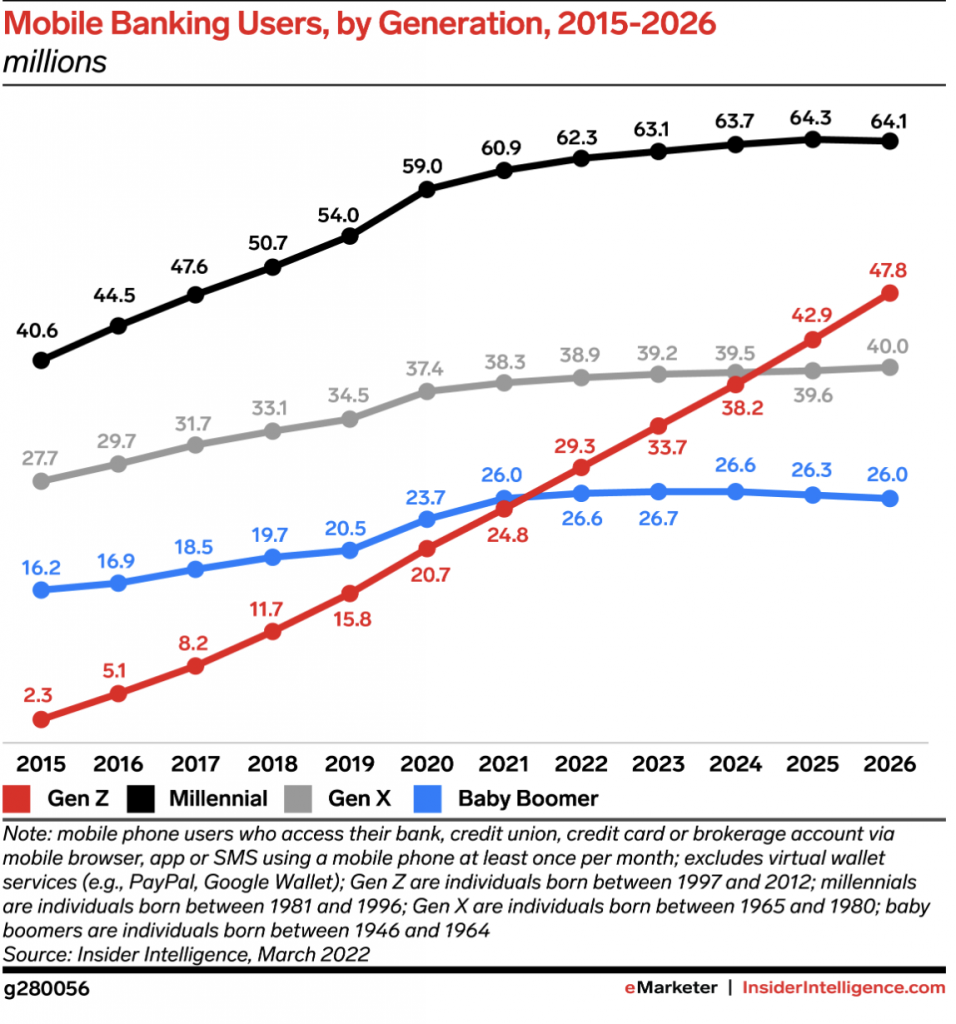
Revolut’s brand voice is fresh and relatable, avoiding the stiff tone of traditional banks. Ads and social media posts speak directly to its audience, addressing their pain points while emphasizing how Revolut simplifies financial management.
What you can learn:
- understand your audience: Identify what your core demographic values most and align your messaging with those priorities.
- speak their language: Use a tone and style that feels authentic and relatable to your target audience.
By focusing on what matters most to Millennials and Gen Z, Revolut has built a brand that feels modern, approachable, and indispensable.
2. Product-Led Growth (PLG)
Revolut relies heavily on its product to drive growth, a strategy known as product-led growth (PLG). Instead of flashy ads or over-the-top promotions, the company highlights its innovative features to attract and retain customers.
Key offerings like crypto trading, virtual cards, and instant budgeting tools are front and center in Revolut’s marketing. The idea is simple: let the product speak for itself. By showcasing real value—such as saving on currency exchange fees or tracking expenses in real time—Revolut builds trust and encourages organic growth.

For example, Revolut’s launch campaigns often focus on demonstrating how its tools solve specific financial problems. This clear, benefit-oriented approach resonates with users who are looking for practical solutions to everyday money challenges.
What you can learn:
- let the product sell itself: Highlight the unique benefits of your product in your marketing.
- solve real problems: Position your offerings as solutions to common customer pain points.
Revolut’s product-led approach shows that when your product delivers real value, it can become your most powerful marketing tool.
3. Referral and Incentive Programs
Revolut has mastered the art of viral growth with its effective referral and incentive programs. The company encourages users to invite their friends by offering rewards like cash bonuses or free premium features. Campaigns such as “Invite a friend, get £50” have become a hallmark of Revolut’s growth strategy.
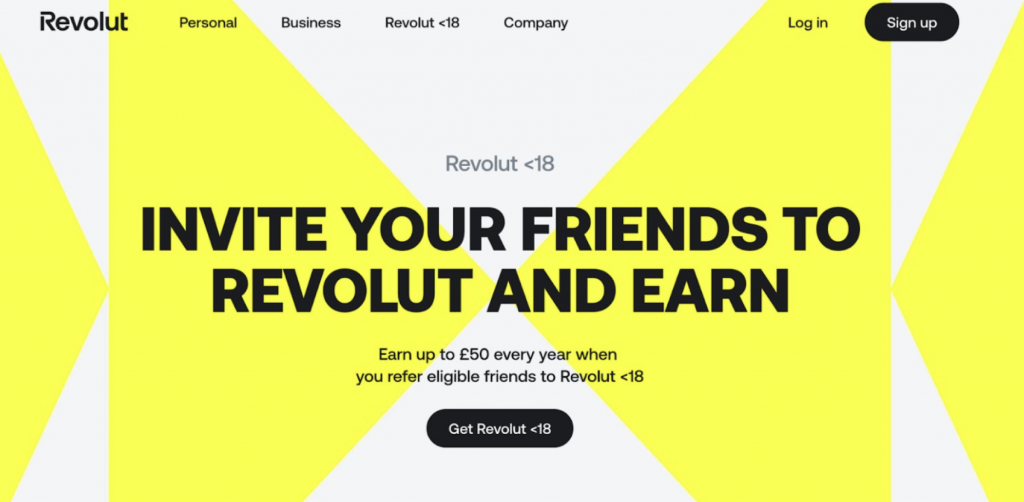
This approach turns existing users into advocates. By rewarding both the inviter and the new customer, Revolut creates a win-win situation that incentivizes people to spread the word. This not only reduces customer acquisition costs but also fosters trust since referrals often come from friends or family.
In addition, Revolut gamifies its incentives. Progress bars and exclusive tiers encourage users to invite more people to unlock bigger rewards. These elements make the process engaging and interactive, boosting participation rates.
What you can learn:
- design engaging referral programs: Make it easy and rewarding for customers to recommend your brand.
- gamify incentives: Use elements like progress bars or tiers to make referrals more exciting.
Revolut’s referral strategy proves that happy customers can be your most powerful marketing channel when incentivized effectively.
4. Localized Marketing at Scale
Revolut’s global success is rooted in its ability to adapt its marketing strategies to local markets. With operations in over 200 countries, Revolut tailors its campaigns to resonate with regional audiences, ensuring its messaging aligns with local cultures and preferences.
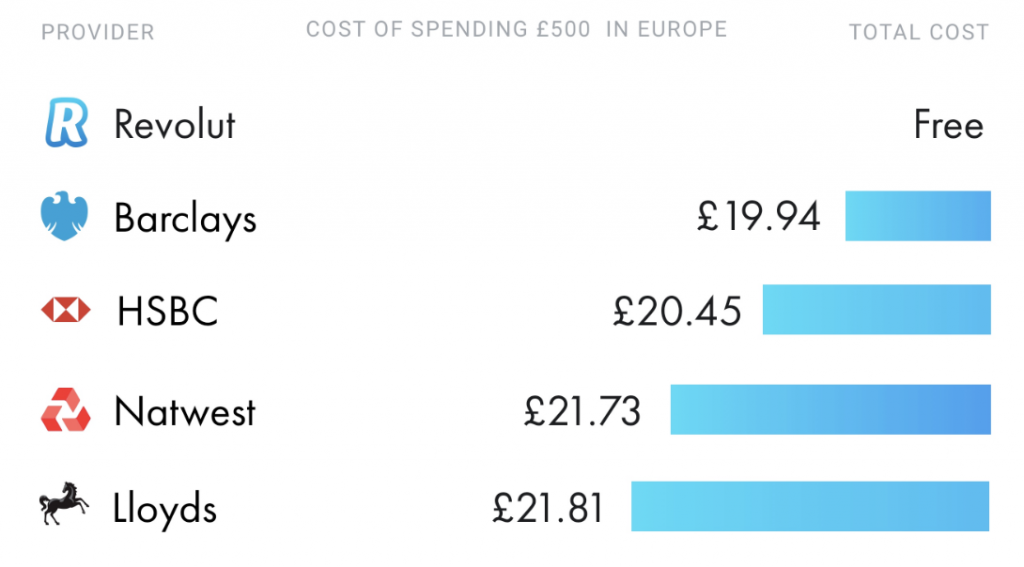
For example, in Europe, Revolut emphasizes travel perks like fee-free currency exchanges and international card usage, catering to the continent’s frequent travelers. In contrast, campaigns in Asia focus more on features like crypto trading and virtual cards, which are highly popular in the region.
Revolut also uses localized ads in multiple languages and partners with influencers and brands familiar to specific markets. This approach allows the company to connect deeply with its audience, fostering trust and engagement across diverse demographics.
What you can learn:
- tailor your campaigns: Adapt your messaging to align with the unique needs and values of different markets.
- localize visuals and language: Use imagery and phrasing that resonate with specific regions to make your campaigns feel personal.
Revolut’s localized marketing strategy demonstrates the power of adapting globally while connecting locally, a key tactic for scaling any brand.
5. Engaging Through Social Media and Content
Revolut has built a strong social media presence by adopting a witty, relatable tone and engaging directly with its audience. Whether it’s announcing new features, addressing user questions, or sharing money management tips, Revolut’s social content feels approachable and human.
The company is particularly active on platforms like Twitter and Instagram, where it uses humor and timely references to connect with younger audiences. For example, Revolut has shared memes about budgeting struggles and lighthearted tweets about saving money, making financial topics less intimidating.
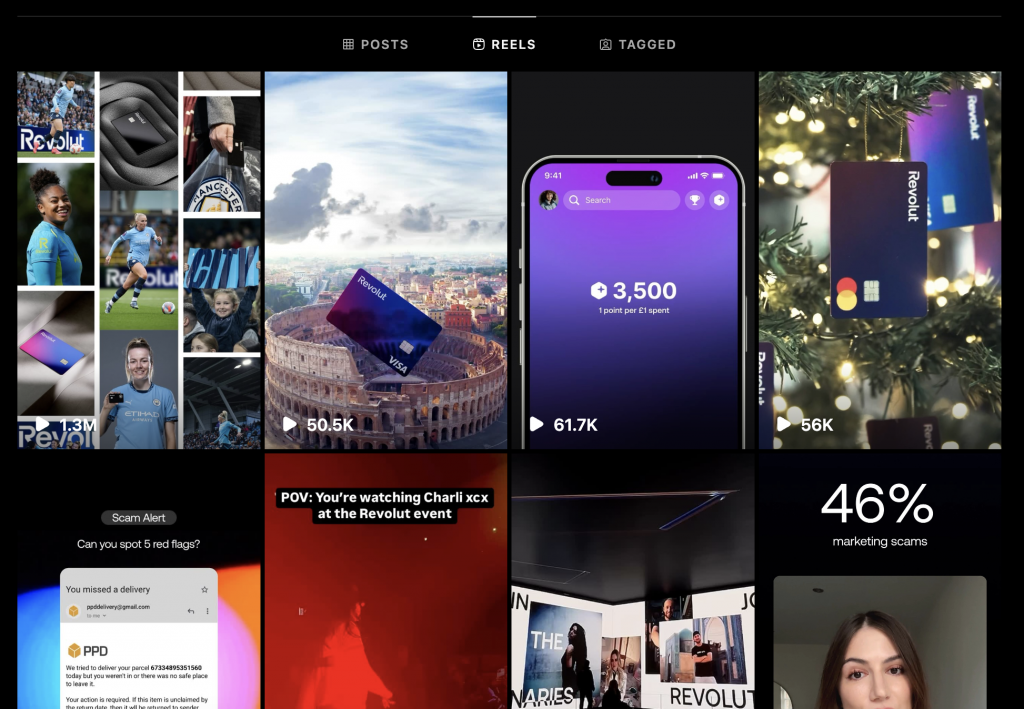
Revolut also turns customer feedback into content. Posts that highlight user success stories or address frequently asked questions build trust and transparency. This two-way communication reinforces Revolut’s image as a customer-first brand.
What you can learn:
- be relatable: Use a tone that feels authentic and aligns with your audience’s sense of humor and style.
- engage actively: Respond to questions, feedback, and comments to foster a sense of connection and trust.
Revolut’s social media strategy shows how engaging, human-centered content can make even complex topics like finance approachable and enjoyable.
6. Leveraging Data and Personalization
Revolut uses data-driven insights to create highly personalized experiences for its users. By analyzing spending habits, transaction history, and user preferences, the company delivers tailored recommendations and tools that enhance financial management.
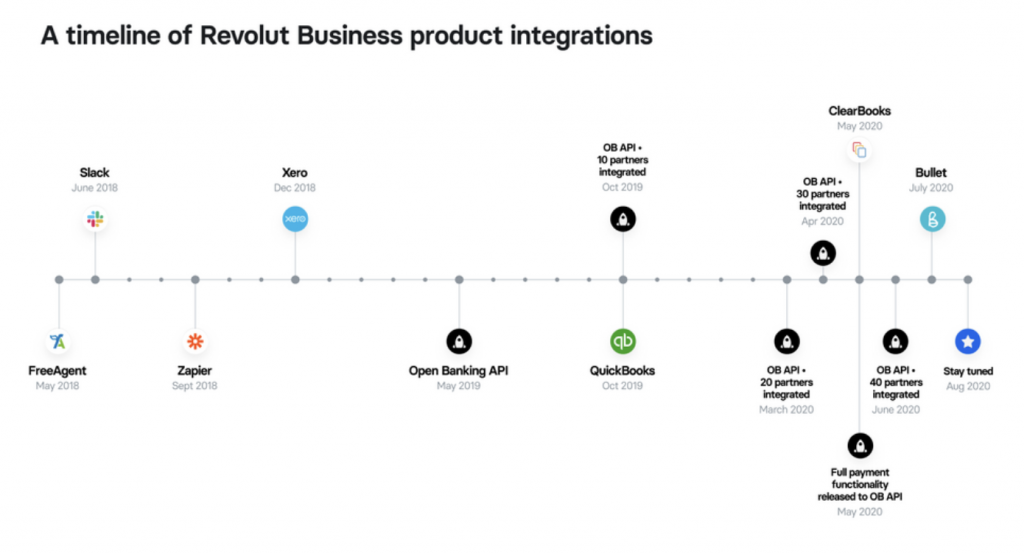
For example, Revolut provides users with spending breakdowns, offering clear insights into their expenses across categories like groceries, travel, and entertainment. It also sends real-time notifications for transactions, keeping users informed and in control. Additionally, personalized budgeting tools allow users to set goals and track their progress, creating a sense of empowerment.
This data-driven personalization is also reflected in Revolut’s marketing. Targeted campaigns based on user behavior ensure that customers see relevant features and offers, boosting engagement and retention.
What you can learn:
- use data to personalize experiences: Tailor tools, notifications, and campaigns to meet the specific needs of your customers.
- empower your users: Provide actionable insights that help customers make informed decisions.
Revolut’s approach shows that personalization isn’t just a nice-to-have—it’s a powerful way to build loyalty and improve customer satisfaction.
Conclusion
Revolut’s innovative marketing strategies showcase how a brand can disrupt a traditional industry and create meaningful connections with its audience. From targeting Millennials and Gen Z with relatable messaging to leveraging referrals, personalization, and localization, Revolut has built a global brand that feels modern, approachable, and indispensable.
Key Takeaways:
- Know your audience: Focus on the values and needs of your target demographic.
- Make your product the hero: Highlight how your product solves real problems for customers.
- Leverage incentives: Use referral and gamification strategies to encourage growth.
- Think globally, act locally: Adapt your campaigns to resonate with different markets.
- Engage authentically: Build trust by using relatable, human-centered communication.
- Personalize everything: Use data-driven insights to create a tailored experience that keeps customers engaged.
Revolut’s success proves that combining product innovation with customer-focused marketing can create a winning formula. Take inspiration from their strategies to craft your own impactful campaigns and drive growth for your brand.